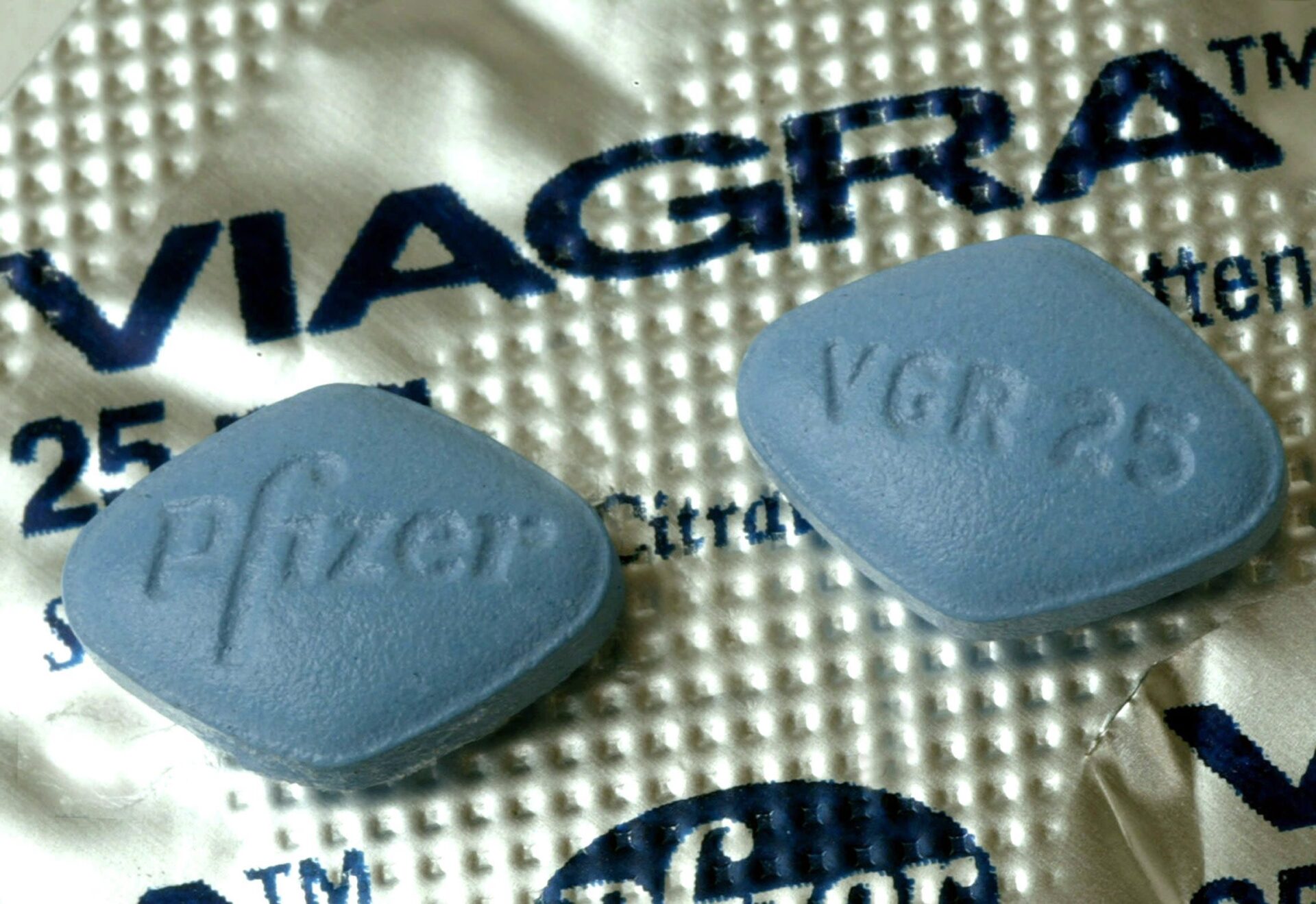Viagra – Raising Expectations

Pfizer’s adept grasp of the target demographic, challenge norms, and strategic use of communication channels played a significant role
Discovering the Unexpected
The original objective of the medical research study was to evaluate the efficacy of a novel angina medication, sildenafil, which was a chemical that relaxed the blood vessels around the heart.
Many people who took part were ex-miners, and they were told to report any negative impacts they experienced. The drug’s unanticipated side effect of increasing erections was the impetus for Pfizer to create Viagra, which was first released to the American market in 1998. Pfizer made $400 million in the first quarter from Viagra sales and an estimated $1.8 billion every year after the drug hit the market.
The Cleveland Clinic reported that erectile dysfunction (ED) affects about 10% of males. Since its introduction, Viagra has fostered an open discourse between men and their physicians about sexual health, the first noninvasive therapy for male impotency.
Viagra’s tremendous success was due in large part to Pfizer’s astute and multi-faceted positioning of the drug for erectile dysfunction (ED). They employed several crucial tactics, including:
- Ending the Silence: Before the invention of Viagra, men suffered in silence around the subject of erectile dysfunction. Pfizer fearlessly countered this by normalising the topic of erectile dysfunction (ED) and encouraging men to seek treatment via its marketing efforts. They made erectile dysfunction seem like a normal physiological process rather than a character flaw.
- Innovation: Pfizer highlighted how revolutionary Viagra is in the field of medicine. It offered men a non-invasive and comfortable alternative for treating erectile dysfunction (ED)—the first oral medicine.
- Quality of Life: The advertising for Viagra highlighted the drug’s ability to improve quality of life by reestablishing closeness and strengthening relationships, drawing attention to the fact that the drug offers advantages beyond only a physical high. This spoke to the larger effect of ED on health and struck a chord with couples.
- Founded on Research: Pfizer highlighted the empirical evidence supporting Viagra by presenting results from clinical studies and data on the drug’s safety. This was especially important for a new medicine that dealt with a delicate subject since it created credibility and validity.
- Recognising the Delicate Nature of the Subject: Pfizer initiated educational initiatives to bring attention to erectile dysfunction as a medical disorder. The goal of these initiatives was to get men to talk about erectile dysfunction and get them to consult a doctor.
- Targeted Communication: Middle-aged and older males were the focus of Pfizer’s meticulously chosen advertising channels and message. To make the most of their advertising budget without being obtrusive, they used leisure publications, prime-time television, and sports sponsorships.
The marketing of Viagra was supposed to be subtle and confidential to protect the privacy of patients living with erectile dysfunction. Reiterating the concept that seeking therapy was a personal affair, advertisements often highlighted the medication’s discrete and confidential character.
- Discreet: Pfizer created discreet packaging and delivery routes for Viagra, taking into account the possible sensitivity. Patients were able to get the drug without fear of stigma or criticism because of this.
- Targeting Couples: Several advertisements brought attention to the effects of erectile dysfunction on romantic partnerships, arguing that getting help was about more than just the individual and could have a positive effect on all aspects of a person’s closest connections.
- Celebrity Endorsed: Respected politicians like Bob Dole, as well as entertainers and sports figures, were intentionally tapped as celebrity endorsers by Pfizer. By capitalising on these popular figures’ influence and reputation, ED therapy became more mainstream and accessible to more people.
- Focus on Medical Professionals: Pfizer made an effort to reach out to medical professionals and physicians to inform them about the benefits of Viagra. As a result, doctors were able to correctly identify and treat ED cases.
Before using Viagra, men should talk to their doctors, according to Pfizer. This strategy was useful in promoting the drug’s image as a serious health remedy rather than a leisure good.
- Endorsements and Regulatory Approval: Since Viagra was the first oral drug to be licenced by regulatory authorities for the treatment of erectile dysfunction, its efficacy and safety were further bolstered. Positive press and recommendations from medical experts bolstered its reputation even more.
- Global Outlook: When introducing Viagra to markets throughout the globe, Pfizer used a global marketing approach. One reason Viagra became famous all over the world is because the brand and marketing were the same across all areas.
- Building a Personality for the Brand: The blue pill of Viagra evolved to represent strength and self-assurance. The famous logo and images further enhanced its appeal and cultural significance.
The marketing department wasn’t the only one responsible for Viagra’s success. The relative safety and effectiveness of the medicine were major factors in its rapid acceptance. Nevertheless, Pfizer’s adept grasp of the target demographic, its courage to challenge norms, and its strategic use of several communication channels played a significant role in moulding the perception of Viagra and propelling it to fame.




1 Comment